In the province, lotus is grown in many ponds, swamps, and low-lying fields in Hung Yen city, My Hao town, and districts such as Kim Dong, Phu Cu, Khoai Chau, and An Thi. In recent years, in some localities in the province, many farmers have switched to growing lotus for tubers to meet consumer demand, food processing, and pharmaceuticals.

In Ngoc Thanh commune (Kim Dong), for about 5-6 years now, many farming households have switched from growing rice to growing lotus for tubers. At this time, the lotus growing areas in Ngoc Thanh commune are in full harvest. Every early morning, Mr. Tran Dinh Hinh's family in Duyen Yen village, Ngoc Thanh commune goes to the fields to dig lotus tubers to sell to customers. Previously, his family mainly grew rice, but due to the low-lying fields, the productivity was low and the economic efficiency was poor. 3 years ago, after learning from experience and researching the lotus growing model for tubers, his family decided to switch to growing lotus for tubers, with an area of about 3 sao. After 5-6 months of care, the lotus field yielded tubers with a yield of about 1 ton/sao, the average selling price was 30,000 VND/kg, much higher income than growing rice. Seeing the economic efficiency, he expanded the lotus growing area for tubers to 2 mau of fields. Mr. Hinh said: The lotus variety grown for tubers has thick, large, round leaves, grows well, has good disease resistance, white or light pink flowers, and tubers yielding more than traditional lotus varieties. The technique for growing this type of lotus is not difficult, but it is necessary to pay attention to the lotus variety, so that after a period of care, you can harvest large, white, lean, crispy, and soft lotus tubers... After choosing a good lotus variety, during the care process, pay attention to fertilization, and prevent pests and diseases at different stages to help the plant grow and develop, ensuring the quality of the lotus tubers. After about 5 - 6 months of planting, the lotus will be ready for tubers, the harvest time usually starts from June to October of the lunar calendar every year. To ensure the appearance and quality of the lotus tubers, I use a pump to harvest the tubers. After harvesting, I plant seeds for the next year's crop. In addition to the main source of income from selling tubers, I also have additional income from selling flowers, seedlings, lotus leaves... Lotus tubers are sold as soon as they are harvested. Each sao of lotus tubers brings my family an income of about 25 million VND/year after deducting expenses.
Comrade Nguyen Dinh Hoa, Vice Chairman of Ngoc Thanh Commune People's Committee, said: Ngoc Thanh is a purely agricultural commune with an agricultural production area within the dike of 270 hectares, including many low-lying areas with ineffective rice cultivation. In recent years, the commune has had many solutions to promote the shift in crop structure; creating conditions for farmers to accumulate and convert land to build commodity-oriented production models to increase the value of agricultural production. In particular, the lotus growing model is considered a model that brings high economic efficiency to farmers. Up to now, the whole commune has about 30 hectares of lotus growing of all kinds, of which the lotus root area is about 4 hectares. The commune has paid attention, helped and created favorable conditions for households to develop production, expanding on low-lying rice fields with low productivity in the locality.
Recently, the model of converting low-lying fields to growing lotus for tubers of Thang Phat General Production and Trade Service Cooperative, Cu Tu village, Xuan Truc commune (An Thi) has brought high economic efficiency, opening up a new production direction suitable for local soil conditions, especially for low-lying rice fields with low productivity. After a period of studying techniques in books, newspapers, the internet, especially lotus growing models in some southern provinces, in 2020, the cooperative converted 5 hectares of low-lying fields to grow lotus varieties: Quan Am, Bach Diep, super, lotus for tubers. Currently, the cooperative has 10 hectares of lotus, of which 3 sao are used to grow lotus for tubers, with a yield of 1 to 1.2 tons/sao/year. Mr. Bui Duc Tinh, Director of the Cooperative, said: Lotus plants can be used for all parts, the leaves can be used to wrap food, dried and brewed to drink instead of tea. Lotus root and lotus seeds are used fresh to prepare dishes such as: stewed lotus, stir-fried lotus, lotus salad, lotus root sweet soup, lotus porridge... Food processing companies also process them into dishes such as lotus root cake, dried lotus root, lotus root powder, lotus jam... to serve consumer needs. Therefore, the cooperative's lotus root products are consumed conveniently in the province and some neighboring provinces. With a selling price of 30,000 to 40,000 VND/kg, each sao of lotus root cultivation brings in an income of 25 to 30 million VND after deducting expenses.
According to information from the Department of Agriculture and Rural Development, with the characteristics of being easy to grow, easy to care for, and suitable for soil conditions, lotus is being grown in many places in the province, bringing a good income to many families due to the market demand for lotus products being quite diverse. Currently, the whole province has more than 55 hectares of lotus of all kinds, including lotus for tubers. The lotus tuber growing model is a new direction in converting the crop structure suitable for low-lying areas with inefficient rice cultivation, aiming to increase economic efficiency per unit area. From the lotus growing experience of farmers, localities need to study and plan suitable lotus growing areas, have plans to support farmers in production and consumption of products to increase profits for growers...
Huong Giang
Source


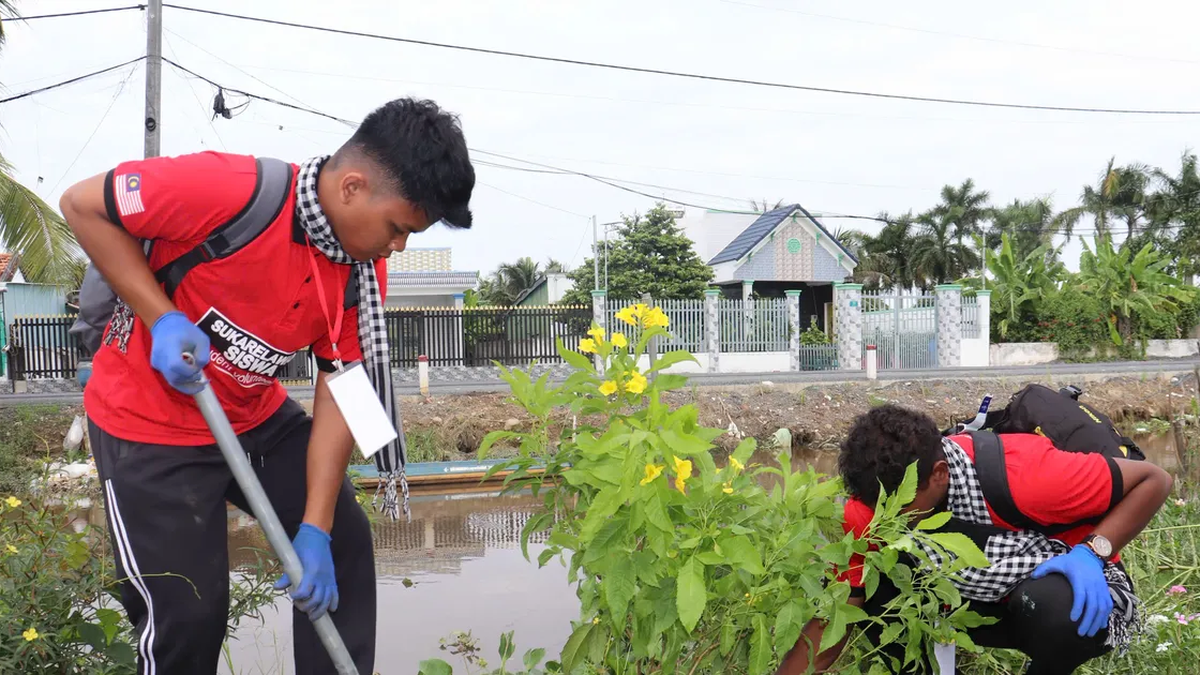

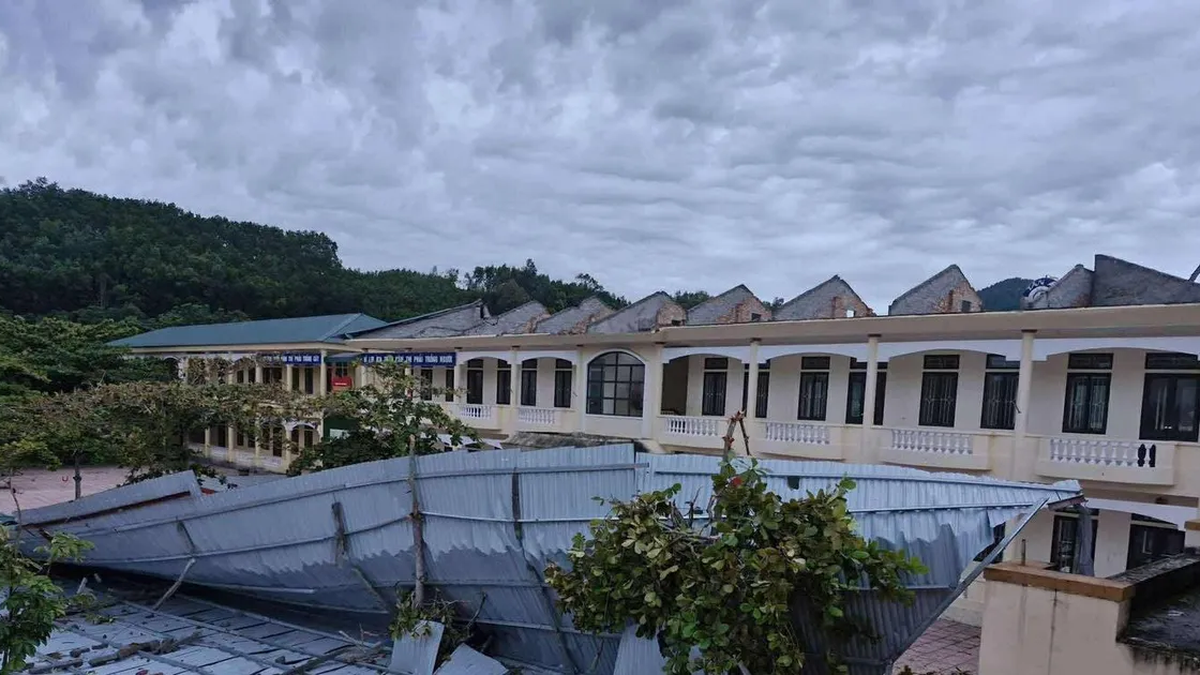
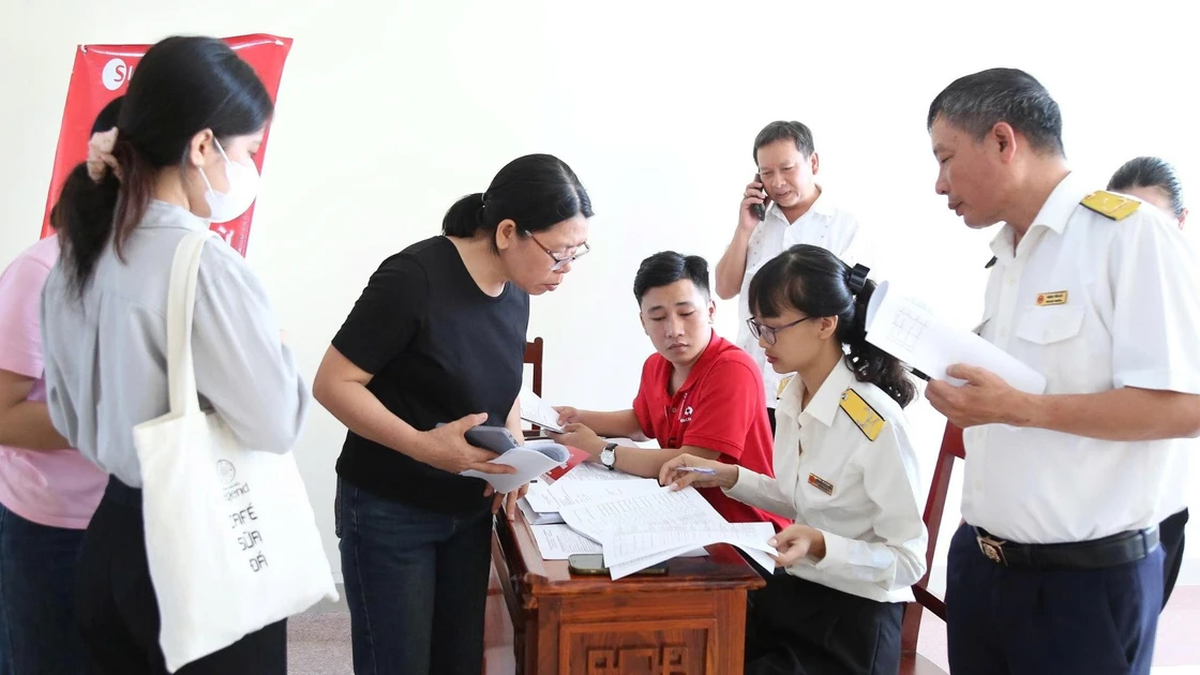

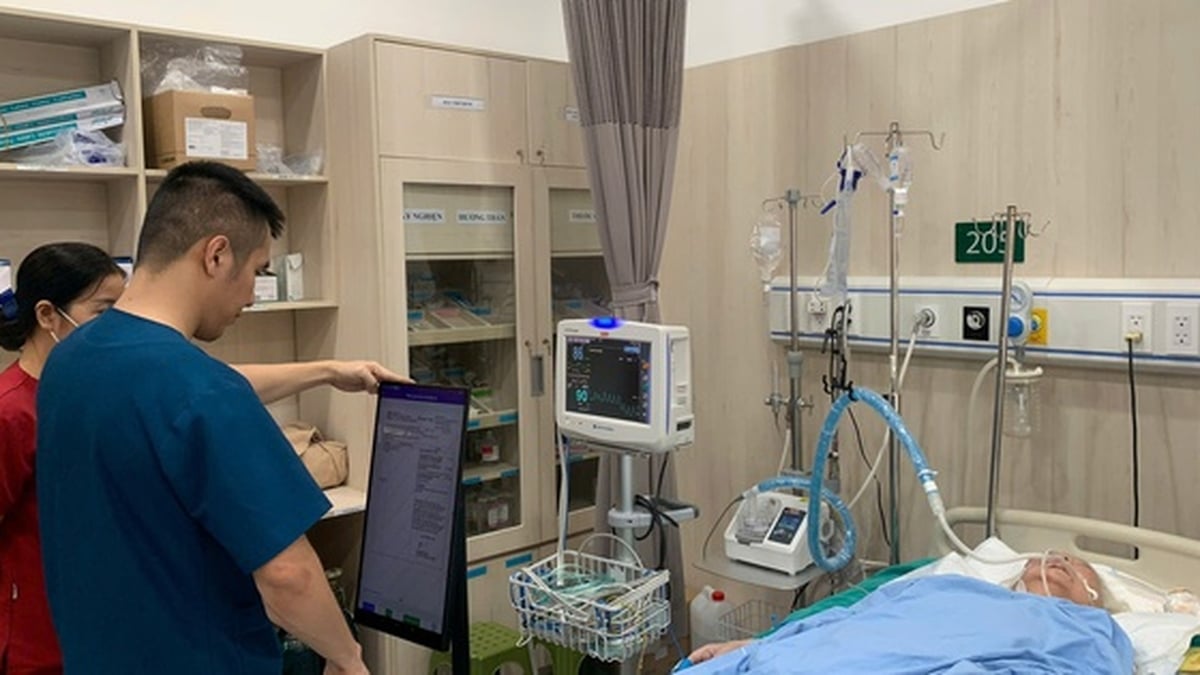














![[Photo] National Assembly Chairman Tran Thanh Man visits Vietnamese Heroic Mother Ta Thi Tran](https://vphoto.vietnam.vn/thumb/1200x675/vietnam/resource/IMAGE/2025/7/20/765c0bd057dd44ad83ab89fe0255b783)








































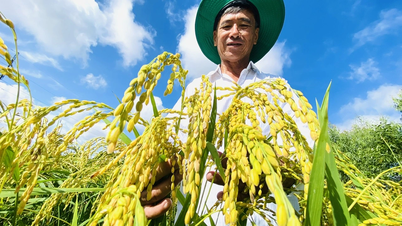



































Comment (0)